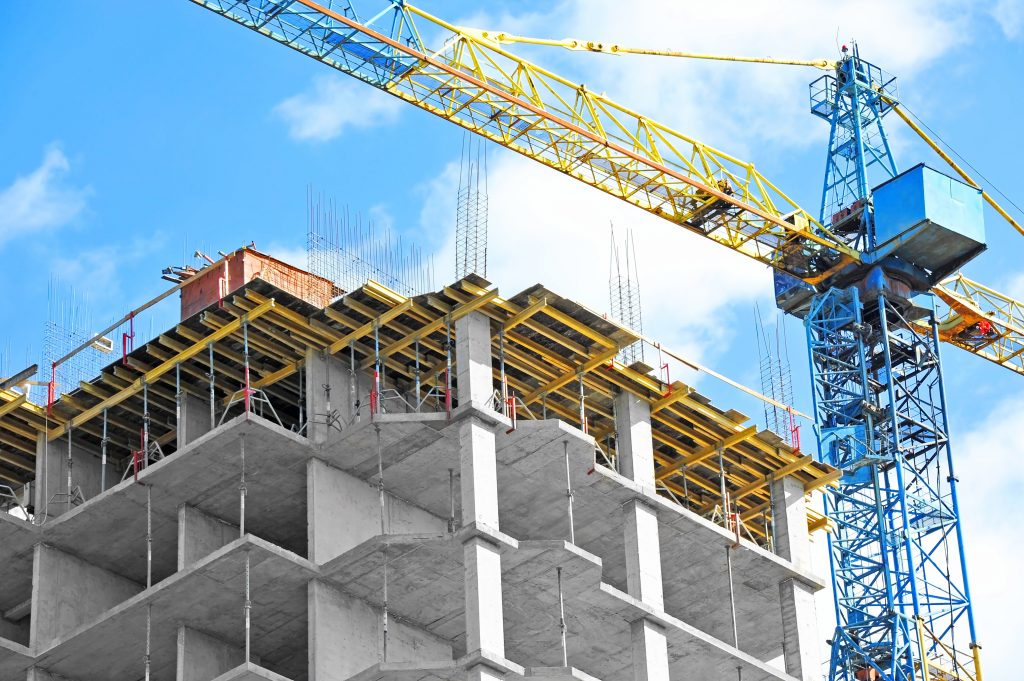There are many types of cement on the market linked to the different grades. The grade indicates the compression strength (measured in MPA- Mega Pascals) of the cement concrete after 28 days of setting. When we plan to build our homes, we are often left dubious about the type of cement required for any specific construction.
Cement is a bonding material that solidifies within a period when water is being added to it, turning into a stiff material as it dries. Used in the construction of structural systems, its quality is expected to produce a durable and robust structure.
Cement is made by the mixture of limestone and clay, which are ground together and then heated at a very high temperature, resulting in a granular substance called “clinker.”
Here is an overview of the four different types of cement available worldwide.

Ordinary Portland Cement (OPC)
There are three types of OPC, namely OPC 33 Grade and 43 Grade and 53 Grade.
OPC Grade 33 is generally used for masonry and general concrete works where a high MPA is not required.
OPC Grade 43 is used where high early strength in 1 to 28 days range is required. Structural Engineers advise this cement mainly for reinforced cement concrete works where high tensile stress is expected on the structure.
OPC Grade 53 is mainly used in reinforced cement concrete works, for fast-paced construction where initial strength is to be achieved quickly. OPC Grade 53 attains 27 MPA in 7 days compared to 23 MPA by Grade 43 cement.
Portland Pozzolana Cement (PPC)
PPC is an ultrafine, impermeable, and corrosion-resistant cement. It results in a denser concrete, which makes it ideal for the construction of long-lasting building structures.
Portland Slag Cement (PSC)
When it comes to structures that are meant to corrosion from saltwater, PSC is used to resist sulfate and chloride attack. Under water concrete contains sand or gravel, water, and cement. Cement used for most construction, including underwater construction, is the Portland cement type. PSC is ideal for construction in water or moisture dominated areas such as coastal regions and swimming pools.
White Cement
White cement is inexpensive compared to OPC and provides a smooth and pleasing finish. It is used in decorative concrete designs, fixing tiles, and filling gaps in ceramic bathroom fixtures.

Cement stands as one of an essential building material providing longevity to your construction. It is hence, vital to avoid any misguidance that can cost you huge and impact on the construction quality itself.